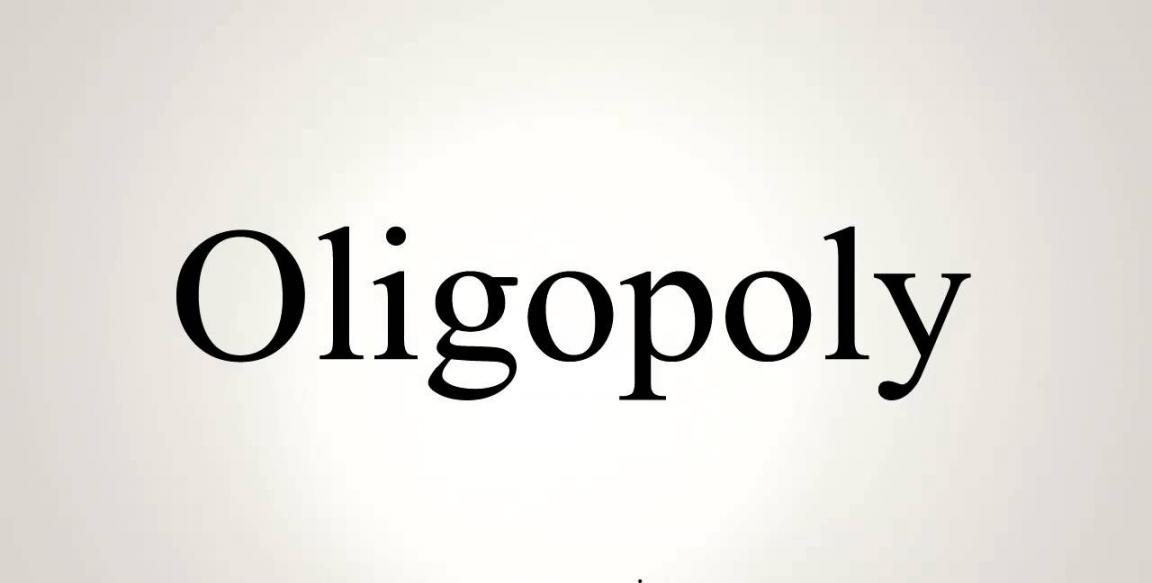The collusion solution postulates that the oligopolists recognise their mutual interdependence and agree to act in unison in order to maximise the total profit of the industry. The decision-making is centralised and both prices and output are under single control and the industry is, in effect, a monopoly.
Every oligopolistic surrenders his autonomy and accepts the policies lay down by the centralised authority. The centralised authority, known as a cartel, sets the price and output so as to maximise the total profits of the industry.
Since these cartels restrain competition among the member firms, their formations have been made illegal in some countries. For instance, in USA the formation of a cartel is illegal under the Anti-Trust Laws.
ADVERTISEMENTS:
Where cartels are illegal, the price can be determined through a tacit agreement either on the basis of a given share of each oligopolistic in the total market or through recognition of one firm as the “leader” and all other firm as its “followers” in pricing decisions.
In the absence of any such understanding among the rival producers, there will be what is called “price wars” in oligopolistic markets.
In price wars each competitor fixes his price below that of the other and consequently sometimes the oligopoly price falls even below average variable cost.
ADVERTISEMENTS:
Oligopolists are aware of such undesirable events and so price wars are becoming less and less frequent as time goes on.
Managers have learnt through experience that price wars do not pay and so they either enter into an understanding of some sort among themselves to their common advantage or form cartels.
Let us assume three firms A, B and C have formed a cartel and the cartel aims at maximising joint profits for the member firms. The cartel will start estimating the demand curve of the industry’s product.
Marginal revenue curve MR showing the addition to cartel’s revenue for successive additions to its output and sales will be below the demand curve.
ADVERTISEMENTS:
Cartel’s marginal cost curve MC will be given by the horizontal addition of the marginal cost curves of three firms. Thus in our figure MC curve has been obtained by adding horizontally MC curves MC, MC2 and MC3 of the three firms A, B and C respectively.
We have seen that the Cartel’s marginal cost curve MC has been obtained by the horizontal addition of the marginal cost curves of the three firms and the MC curve indicates the minimum total cost of producing each industry output on it; each industry output has been distributed among the various firms in such a way that their marginal costs are equal.
If output is OM, price will be equal to MN or OP. Having decided that OM output to be produced, the cartel will allot output quota to each firm so that the marginal cost of each firm is the same.
When firm A produces OM^ firm B produces OM2 and firm C produces OM3, the marginal costs of the three firms are equal. The total output OM will be equal to OM1+OM2+OM3.
The determination of output OM and price OP will ensure the maximum joint profits of the firms forming the cartel.
These profits will be divided by the member firms according to the terms of agreement reached amongst them at the time of forming the cartel or according to the relative bargaining strengths of the constituting firms.

